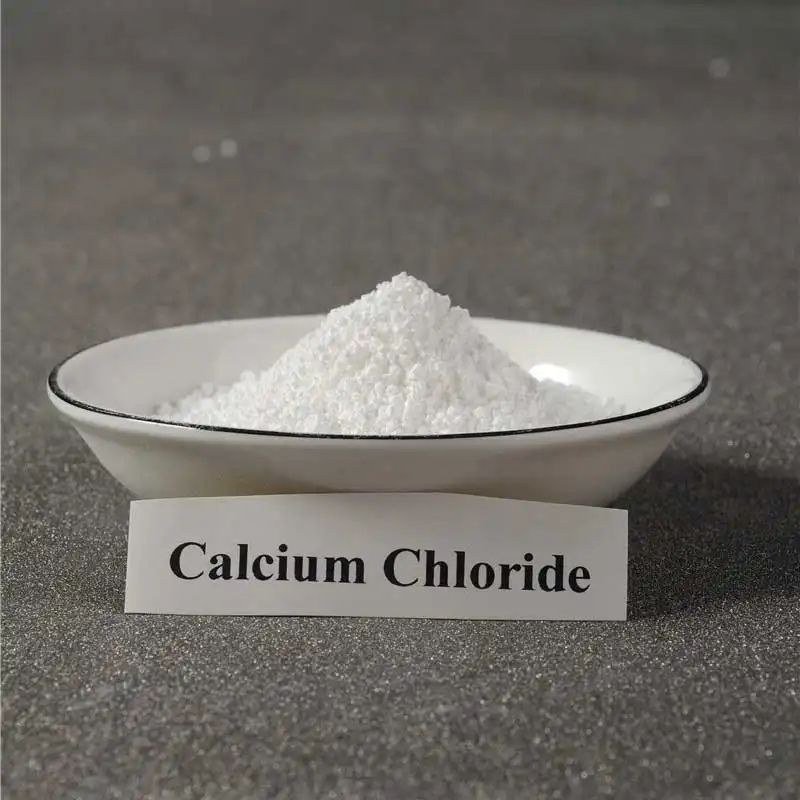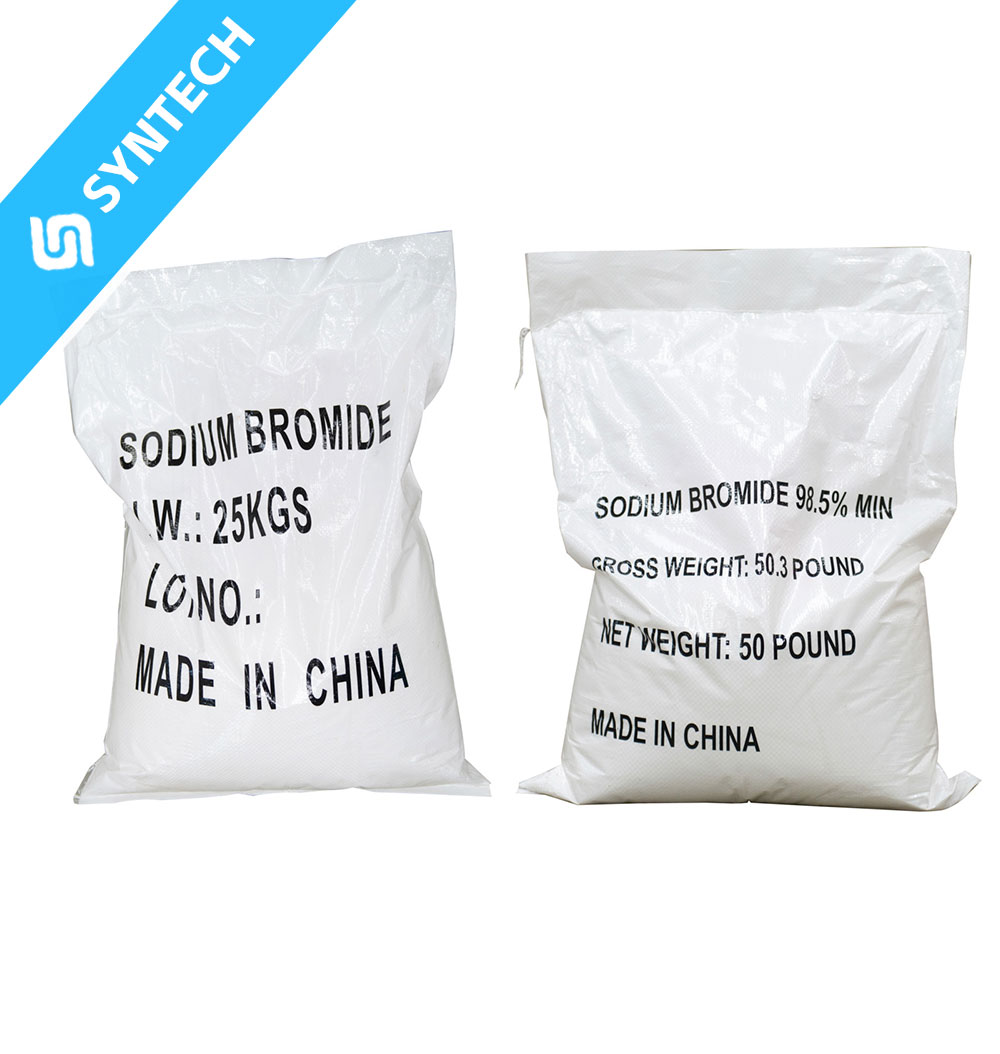Ammonium chloride Tech grade
Certificate of Analysis
Product : Ammonium chloride Tech grade
Batch No. : SSIC20240312
Date of Sample : Mar 12, 2024
Date of Analysis : Mar 12, 2024
Standard : GB2946-2008
Quantity : 10,000 KGS
| Properties | Specification | Result of Analysis |
| Ammonium Chloride Assay (%) | 99.00 Min | 99.47 |
| Moisture (%) | 0.50 Min | 0.17 |
| Residue on Ignition (%) | 0.40 Max | 0.24 |
| Heavy Metal as Pb (ppm) | 5 Max | <5 |
| Sulphate (%) | 0.020 Max | 0.011 |
| Fe (ppm) | 5 Max | 4 |
| PH (200g/l water at 25 ℃) | 4.00 – 5.80 | 5.34 |
Technical Data Sheet
Ammonium Chloride powder Tech Grade
CAS NO.: 12125-02-09
Molecular Formula: NH4Cl
Molecular Weight: 53.49 g/mol
Typical Physical Properties
| Properties | Specification |
| Ammonium Chloride Assay (%) | 99.00 Min |
| Moisture (%) | 0.50 Min |
| Residue on Ignition (%) | 0.40 Max |
| Heavy Metal as Pb (ppm) | 5 Max |
| Sulphate (%) | 0.020 Max |
| Fe (ppm) | 5 Max |
| PH (200g/l water at 25 ℃) | 4.00 – 5.80 |
Recommended Handling
All personnel handling this material must handle it as an industrial chemical, wearing protective
equipment and observing the precautions as described in the Material Safety Data Sheet (MSDS).
Packaging and Storage
Packed in 25 kgs PP Woven bags or 1 MT bulk bags.
Store in dry, well-ventilated area. Keep container closed. Keep away from heat, sparks and flames.
Store away from incompatibles. Follow safe warehousing practices regarding palletizing, banding,
shrink-wrapping and /or stacking
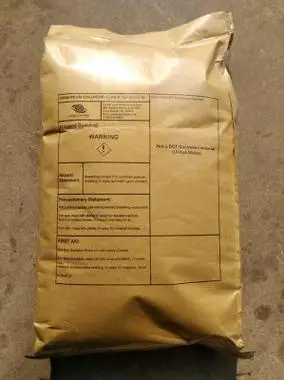
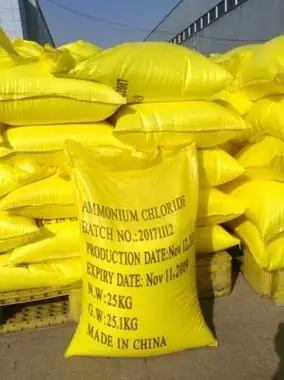

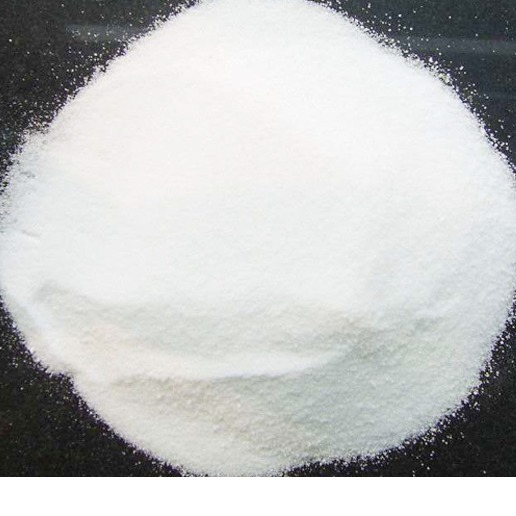
Ammonium Chloride (NH₄Cl)
Chemical Formula: NH₄Cl
Molar Mass: 53.49 g/mol
Common Names: Sal ammoniac, nushadir salt
Appearance: White crystalline powder or granules
Odor: Odorless (but releases ammonia gas when heated)
Key Properties
- Solubility:
- Highly soluble in water (37 g/100 mL at 25°C).
- Slightly soluble in ethanol, insoluble in acetone/ether.
- pH in Solution: ~4.5–6 (weakly acidic due to hydrolysis):NH4++H2O⇌NH3+H3O+NH4++H2O⇌NH3+H3O+
- Sublimation: Decomposes on heating (>338°C) into NH₃ (g) and HCl (g).
- Hygroscopic: Absorbs moisture slowly from air.
Uses of Ammonium Chloride
1. Industrial Applications
- Dry Cell Batteries (Leclanché cells):
- Electrolyte in zinc-carbon batteries.
- Flux in Soldering & Metalworking:
- Cleans metal surfaces by removing oxide layers.
- Textile & Dyeing Industry:
- Fixative for dyes (e.g., in printing fabrics).
2. Agriculture & Animal Feed
- Nitrogen Source in Fertilizers:
- Provides NH₄⁺ for acidic soils (e.g., for rice crops).
- Yeast Nutrient:
- Used in baking and fermentation processes.
3. Laboratory & Chemical Synthesis
- Buffer Solutions:
- NH₄Cl/NH₃ buffers in analytical chemistry (pH ~9–10).
- Precipitating Agent:
- Isolates [AgCl] in qualitative analysis.
- Cooling Baths:
- Mixed with ice for sub-zero temperatures.
4. Medical & Pharmaceutical
- Expectorant in Cough Syrups:
- Thins mucus (now largely replaced by safer alternatives).
- Urinary Acidifier:
- Treats metabolic alkalosis (rare clinical use).
5. Food Additive (E510)
- Dough Conditioner:
- Used in licorice production (e.g., salty licorice).
Safety & Handling
- Irritant: Dust may irritate eyes, skin, and lungs.
- Toxicity:
- Harmful if ingested in large amounts (causes metabolic acidosis).
- Releases toxic HCl and NH₃ fumes when heated.
- Storage:
- Keep in airtight containers, away from moisture and bases.
- PPE:
- Gloves and goggles for handling powder.
Comparison with Sodium Chloride (NaCl)
| Property | NH₄Cl | NaCl |
|---|---|---|
| Taste | Salty-bitter | Pure salty |
| pH in Water | Acidic (~5) | Neutral (~7) |
| Thermal Stability | Decomposes on heating | Stable up to melting |
| Biological Role | Used in medicine | Essential electrolyte |
Synthesis & Production
- Industrial Method:
- Reaction of ammonia (NH₃) with hydrochloric acid (HCl):NH3+HCl→NH4ClNH3+HCl→NH4Cl
- Byproduct of Solvay Process:
- Obtained during sodium carbonate (Na₂CO₃) production.





